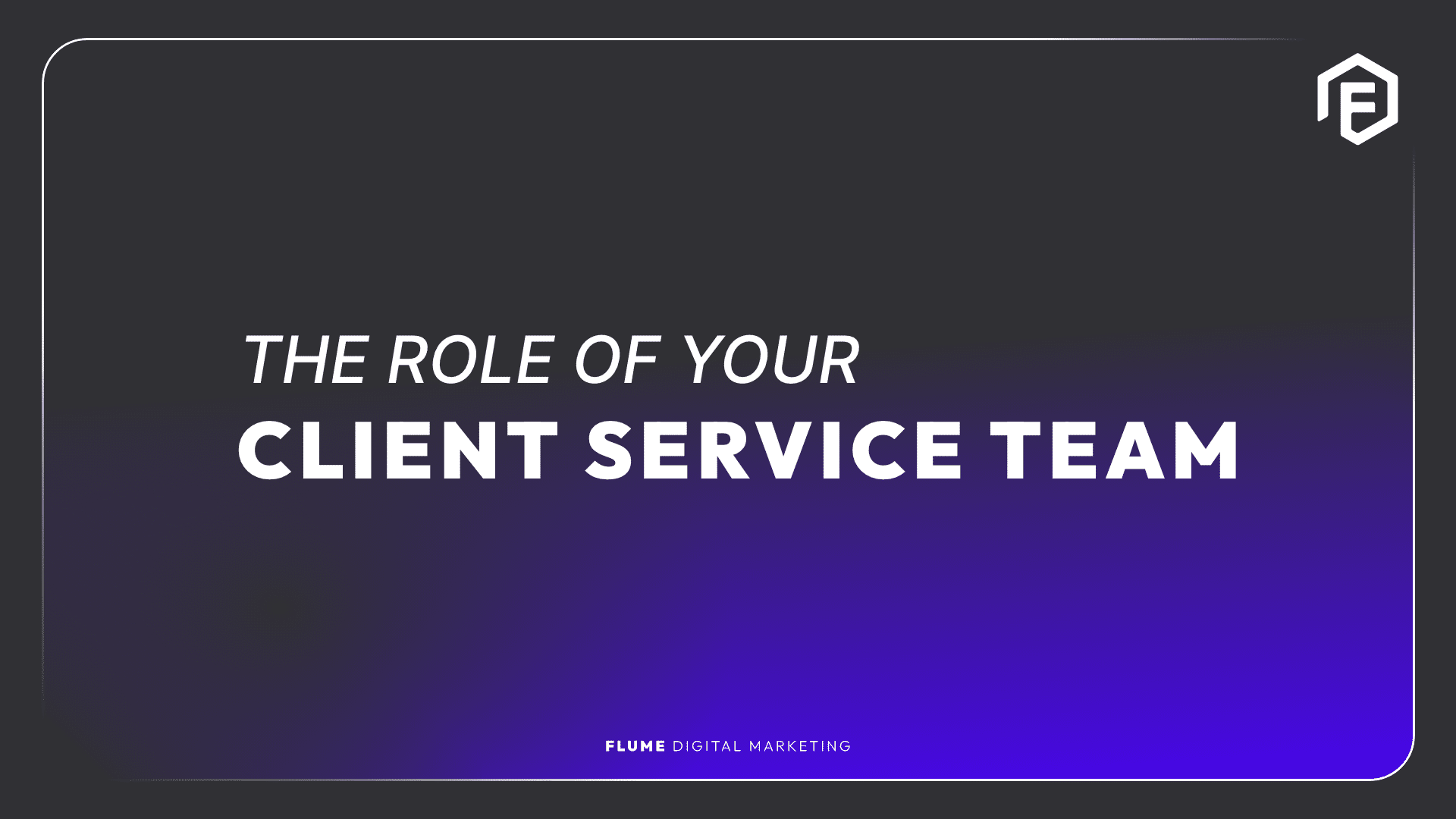“If I knew where ideas came from I’d go there more often.” – Leonard Cohen #DominicWilcox #DesignIndaba
Often I sit in conversations and people refer to me as the creative one. They have this sense that I have the super power of creativity, that I can access with the snap of a finger. Ironically, I’m a left-brain-dominant creative, which basically means I am a literal, analytical thinker; yes, we are a rare species, but we do exist.
My husband, on the other hand, is an accountant. People often label accountants as the boring, left-brained people. He is in fact a right-brain-dominant person. With him, you can literally snap your fingers and he will come up with punch lines, creative concepts, or ideas for products or ads; it’s amazing.
So, now you understand why I sometimes feel thrown off my game in these conversations where people refer to me as ‘the creative.’ Let’s demystify this theory.
According to Kendra Cherry in her article, ‘Left Brain vs Right Brain Dominance: The Surprising Truth – Understanding the Myth of Left Brain and Right Brain Dominance’ the concept of right-brain and left-brain thinking developed from research in the late 1960s by an American psycho-biologist Roger W. Sperry. He discovered that the human brain has two very different ways of thinking. “One (the right brain) is visual and processes information in an intuitive and simultaneous way, looking first at the whole picture then the details. The other (the left brain) is verbal, and processes information in an analytical and sequential way, looking first at the pieces then putting them together to get the whole.” Sperry was awarded a Nobel Prize in 1981.
She also states that today, neuroscientists know that the two sides of the brain collaborate to perform a broad variety of tasks, and that the two hemispheres communicate through the corpus callosum.
So, while we actually use both sides of our brain equally, we do tend to have a more dominant side:
When I looked at these lists I realised that I have characteristics from both sides: music, reading emotions, colour, images, intuition, language, logic, critical thinking, and reasoning.
Another man named Ned Herrmann- known as the father of brain dominance technology- developed a four-quadrant model of cognitive preferences. He basically divided the brain into four different systems with four preferred styles:
One of Herrmann’s central ideas is that we should develop our ‘whole-brain thinking.’ We should aim to focus on strengthening our weak points by using techniques that require a particular style of thinking. By doing this we learn ‘creative problem solving’ where a combination of techniques is used to find a better solution for our design problems.
Since I started my honours degree in UX design, my understanding of design has changed quite a bit. When you start thinking about designing for human experiences you tend to look at more than just the aesthetics of design. You start seeing problems in your everyday environment that you want to solve; I find this extremely interesting. This gives me hope that being a designer is doing more than just creating pretty things.
At the end of the day, I think it all comes down to thinking.
“Design thinking is a human-centered approach to innovation that draws from the designer’s toolkit to integrate the needs of people, the possibilities of technology, and the requirements for business success.” – Tim Brown, president and CEO of IDEO.
Click here to read more.
This is a very interesting read; in the Harvard Business Review, Tim Brown published an article called Design Thinking. Tim explains that design often happens at the end of the development process and is mostly focused on making products aesthetically attractive. Or it is often used in marketing and advertising when they need to enhance the brand perception.
Design thinking has a simple four-step process:
Today, however, companies are asking designers to rather create ideas themselves than simply making other people’s ideas pretty. Watch this short video explaining design for action; you’ll notice that they break down the process into three actions:
- Invent a future by observing the customer’s behavior.
- Test the ideas you have by prototyping, judging consumer response, and adjusting the product price or positioning if needed.
- Bring the product to life.
In the instance of comparing the differences in how my husband and I ‘think,’ I’ve deduced that it all comes down to two possible ways of problem-solving. They say that creativity is the ability to come up with new, innovative, and out-of-the-box ideas; in our case, I think we focus on our thinking as being either divergent or convergent.
Hanno (my husband) has a career that needs him to apply convergent thinking consistently by balancing numbers. Solving problems is well-defined and straight-forward, and there are correct answers to each problem. Thus, for him, it’s fun to come up with a hundred possible solutions at the snap of a finger.
I, on the other hand, have a career where I need to be creative every day and apply divergent thinking consistently; solving an abstract problem that has many possible answers, solutions, or outcomes with every brief that I receive. I think that this is why I love to solve problems where I know there can only be a single, correct answer.
At the end of the day, I think that it all comes down to balance, and what you do and think of when you are not at work. I prefer to break away completely from what I do in the week. I go to spaces and places and I do things not at all related to being creative or practicing design. For instance, while at school I loved to draw and doodle in my books. I took art classes and did all sorts of creative things as hobbies. Today I don’t do any of that. I prefer to go to our farm and ride my horse, fix fences, herd cattle, and walk.
As they say, practice makes perfect and whether you are a left or right brain dominant, you need to be able to continually strengthen your core function. This allows you to work faster, create more, apply your mind easily, and learn. You may even find that you’ll start to use a part of your brain you never thought you would. 😉



